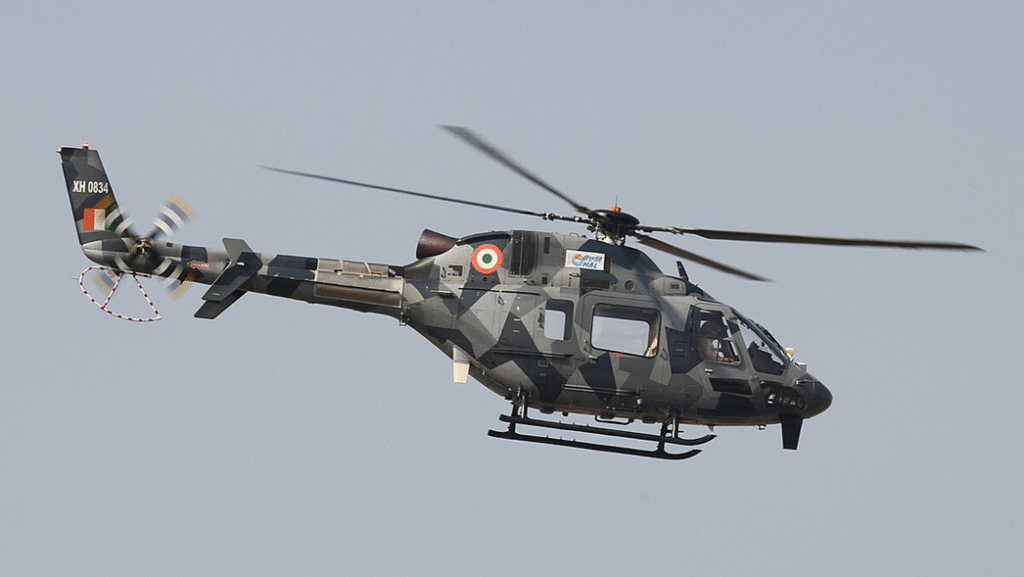- The Helicopter Gap and UN Air Support

Since becoming independent in 2011, South Sudan has lacked a robust national fleet of utility helicopters dedicated to humanitarian or disaster-response missions. In response, the United Nations Mission in South Sudan (UNMISS) and other UN agencies have chartered rotary-aircraft services to fill critical gaps. In late 2020 and into early 2021, UN procurement documents revealed requests for a network of five light-utility helicopters—stationed across Torit, Bor, Bentiu, Rumbek, and Aweil—to serve functions such as aeromedical evacuation, search‑and‑rescue (SAR), emergency transport, and cargo movement, including operations at night with night-vision capability .
In mid‑2021, UN subcontractors like Russia’s PANH Helicopters were awarded one‑year ACMI (aircraft, crew, maintenance, insurance) contracts worth approximately US $5 million to provide light transport helicopters operating in multiple locations including Malakal and Bor airports .
- Operational Use in Humanitarian Missions
These helicopters have played pivotal roles in rapid humanitarian and disaster-response efforts, particularly during flooding, food crises, and conflict-driven displacement. For instance, in areas of Upper Nile, Jonglei, and Unity States, where roads become impassable during the rainy season, UN agencies like FAO have relied on helicopter missions to distribute crop kits, fishing tools, and livestock disease vaccines to isolated communities. In some instances, livelihood kits were airlifted to allow local partners to reach households within a short landing time—often just 20–30 minutes on ground—before helicopters repositioned .
UNHAS (United Nations Humanitarian Air Service) data further indicates that by 2024, its fleet included four helicopters deployed nationwide for passenger and cargo operations, underscoring growing reliance on rotorcraft to connect remote zones with humanitarian actors and beneficiaries.
- Charter Arrangements and Fleet Management
Rather than acquiring dedicated assets, South Sudan depends on chartered light helicopters through UN-managed agreements. Providers such as PANH Helicopters from Russia and Air Taurus LLC (Ukraine) have offered leased services under long-term ACMI contracts. For example, Air Taurus secured a three-year helicopter charter in September 2024 to operate in Malakal and Bor, maintaining readiness for a range of missions including disaster response, logistics support, and medical evacuations.

These charters reflect non-state-operated light utility helicopters, used by international organizations to address disaster-driven needs in the country. There is no public record of the South Sudanese government directly acquiring or operating its own fleet of light utility helicopters for civilian disaster-response purposes since 2020.
The aircraft provided have been classic utility helicopters—generally capable of carrying small teams, aid parcels, medical staff, and patients. Models often include Bell 212 variants or similar, known for adaptability, short‑field performance, and ability to operate in austere environments, even during night or low‑visibility operations guided by NVGs. These platforms are essential for connecting humanitarian workers, distributing critically needed aid, and conducting life-saving evacuations when roads are impassable or insecure .
Operational use has included delivering livelihood kits for approximately 60,000 to 70,000 food‑insecure households in the three hardest-reached states, enabling rapid response where fixed-wing aircraft or road convoys could not function due to flooding or conflict .
- Constraints & Gaps
While these humanitarian helicopters have been vital stopgaps, they remain external assets under UN control, not owned by national authorities. The absence of a national utility helicopter fleet means that when disaster strikes outside UN-accessible areas, the state’s capability to conduct rapid air response is limited.
Further, the arms embargo on South Sudan, established in 2018 under UN resolutions, restricts direct procurement of military aviation assets. Though South Sudan has acquired Mi-24 attack helicopters earlier, these are combat platforms—not utility models—and their use for aid missions is constrained, with reports raising compliance concerns under embargo rules .
In contrast to other countries that possess light helicopter fleets attached to civilian agencies or militaries, South Sudan continues to rely entirely on international providers for such services.
- Strategic Significance & Future OutlookSince 2020, UN-chartered light utility helicopters have underpinned South Sudan’s disaster response: performing evacuations, distributing aid, and connecting remote communities. Without a domestic fleet, the government has limited options in times of crisis.Looking ahead, any efforts to build a national capability—either through acquiring light utility helicopters or by establishing formal agreements with operators—would strengthen response capacity, reduce reliance on external providers, and enhance sovereignty over relief logistics.
- Summary
- No internal acquisition: South Sudan has not purchased or operated its own light-utility helicopters for disaster response since 2020.
- UN-led charters: Humanitarian missions rely on UNMISS and UNHAS agreements with international firms like PANH and Air Taurus providing ACMI charter services.
- Disaster-response roles: These helicopters serve critical functions—medical evacuation, aid delivery, search and rescue—especially in areas unreachable by other means due to conflict or flooding.
- Structural constraints: They are non-state assets; use is tied to international mandates and logistical frameworks.
- Gaps remain: Without a national fleet, South Sudan’s response capacity in emergencies remains tied to international support.


